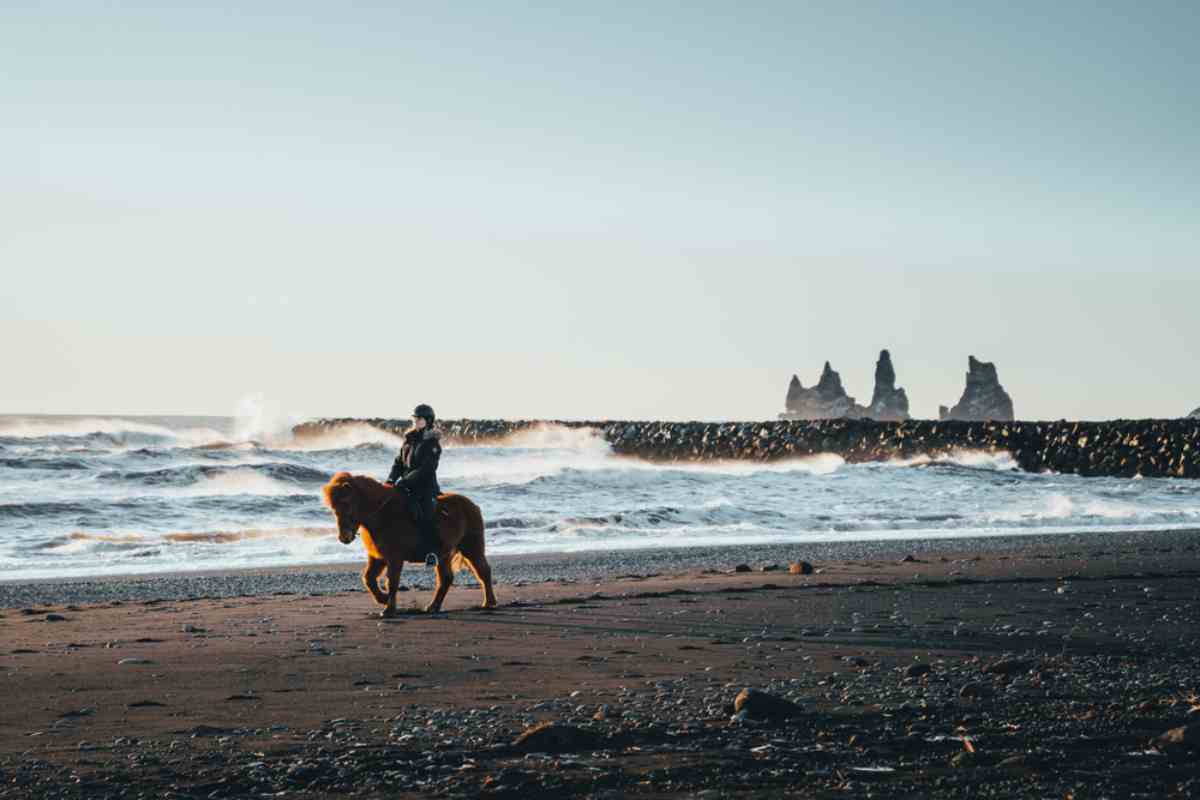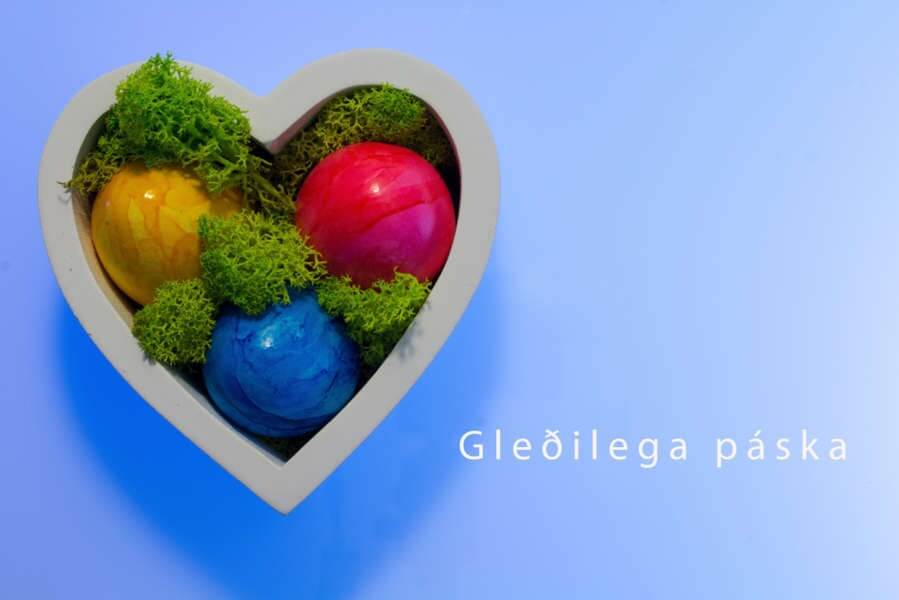Iceland folklore has managed to capture the imagination of many generations. So much that, more than half the population still believing in certain elements within Iceland’s mythology. Whether you truly believe in Icelandic folktales or just enjoy a good yarn – these tales are absolutely fascinating.
In this article, we take a deep dive into Icelandic folklore and discover some of its most magical creatures and strangest stories.
The Creatures & Beings Featured in Icelandic Folklore
As we already touched on, you will find many interesting characters in Icelandic folklore. These are the most popular ones:
Elves
The elves in Iceland are a concept that’s very deeply ingrained in the culture. Another name for the elves is the Hidden Folk and this is due to their origin story. It is believed that the Hidden Folk goes all the way back to the biblical Garden of Eden. As Eve was preparing for a visit from God, she simply ran out of time and didn’t manage to wash and clean them all.
So, in her infinite wisdom, she simply decided to hide the dirty ones for the duration of God’s visit. But God was not fooled, and in his fury at being lied to, he cursed these hidden children to forever more be invisible to man. The Hidden Folk aka Elves are said to now live in the rocks and hills all around Iceland and are not to be trifled with as they can be pretty “touchy” and get offended easily. And once an elf is offended, there will be consequences.
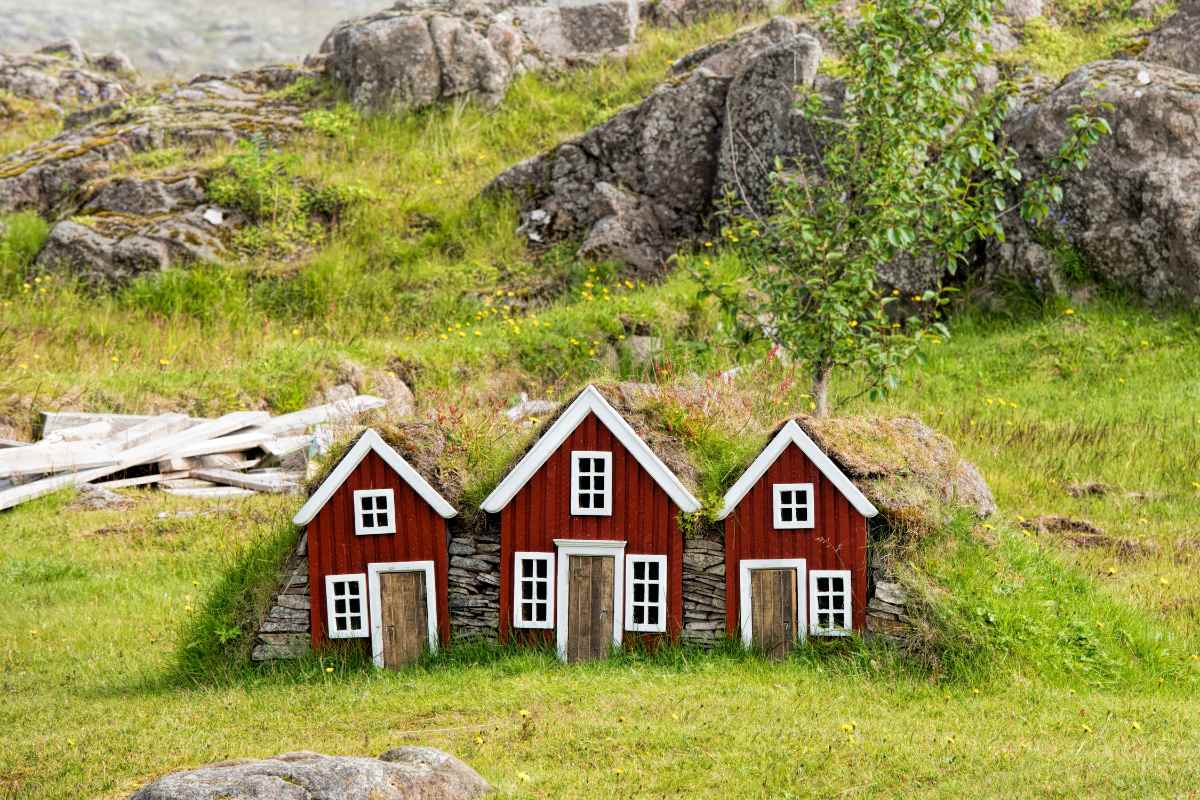
One can only imagine what the extent of these consequences can be when taking into account that the Elves are already known for their trickery. One of their most beloved tricks to play on the humans is to steal their babies and leave a cranky elf changeling behind.
If that’s their idea of a trick, what they’re willing to do for revenge simply knows no bounds. This is why Icelanders do whatever it takes to keep the peace.
The Elf Heritage Protection Act was established in 2012 to protect the Hidden Folk and their territories. It’s really not strange to have roads diverted around such territory or to have to amend construction plans to appease the Elves. Whilst constant consideration needs to be given in regards to the Elves all throughout the year, there are certain times that their activities peak and you’re more likely to run into them.
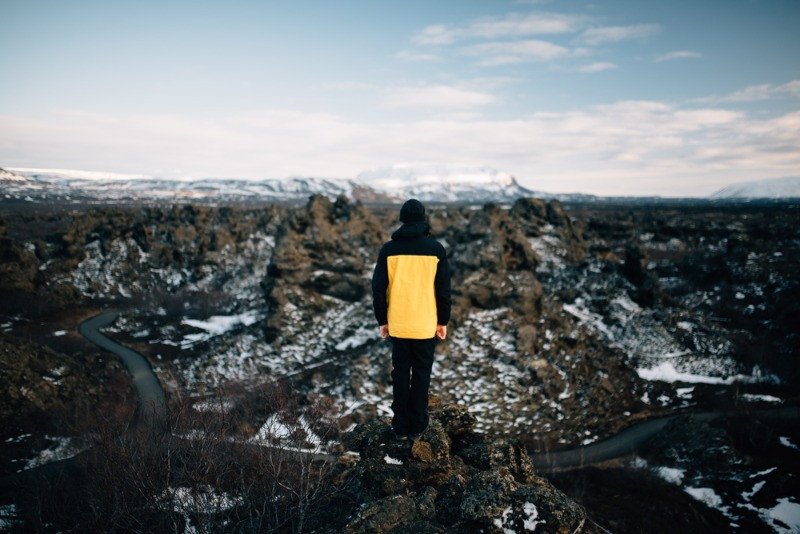
For example, when it’s Midsummer, you might want to avoid crossroads. This is because the Hidden Folk will come up to anyone at a crossroads during Midsummer’s Night and tempt them with all sorts of treasures and riches.
If you resist, all your wishes will come true. If not, you will go mad. The same Russian Roulette situation happens to those who do not attend church on Christmas Eve when the elves visit them with the same temptations.
But it’s not all bad news when it comes to the elves, and Christmas is generally perceived to be a pretty fun time with the Yule Lads. The Yule Lads are essentially 13 Christmas Elves that take turns to visit the children during the 13 days leading up to Christmas Day.
Whilst each of the Yule Lads leaves the children gifts, they are also incredibly mischievous, with each Yule Lad having his own mischievous claim to fame, such as Spoon Licker and Door Slammer.
New Year’s Eve is believed to be the official moving date for the Hidden Folk and you will receive some good luck if you’re nice enough to leave a snack out that they can take on their travels. If you would like to know more about the Iceland Elves, you should attend the Elf School in Reykjavik when visiting the island.
Trolls
Although the trolls in Iceland are horrid creatures, you can have some peace of mind in the fact that they mainly live in the mountains and most uninhabitable places. They also only move around at night, since sunlight makes them turn to stone. One of the best-known and most feared trolls is Gryla, the mother of the Yule Lads.
The reason why Gryla is so feared is that she comes down from the mountain where she lives during the December Christmas period and eats the naughty children (which, quite nonsensically, isn’t a fate that befalls her own mischievous Yule Lads). The fact that her name translates to “growler” should already be a tip that she is not to be trifled with.
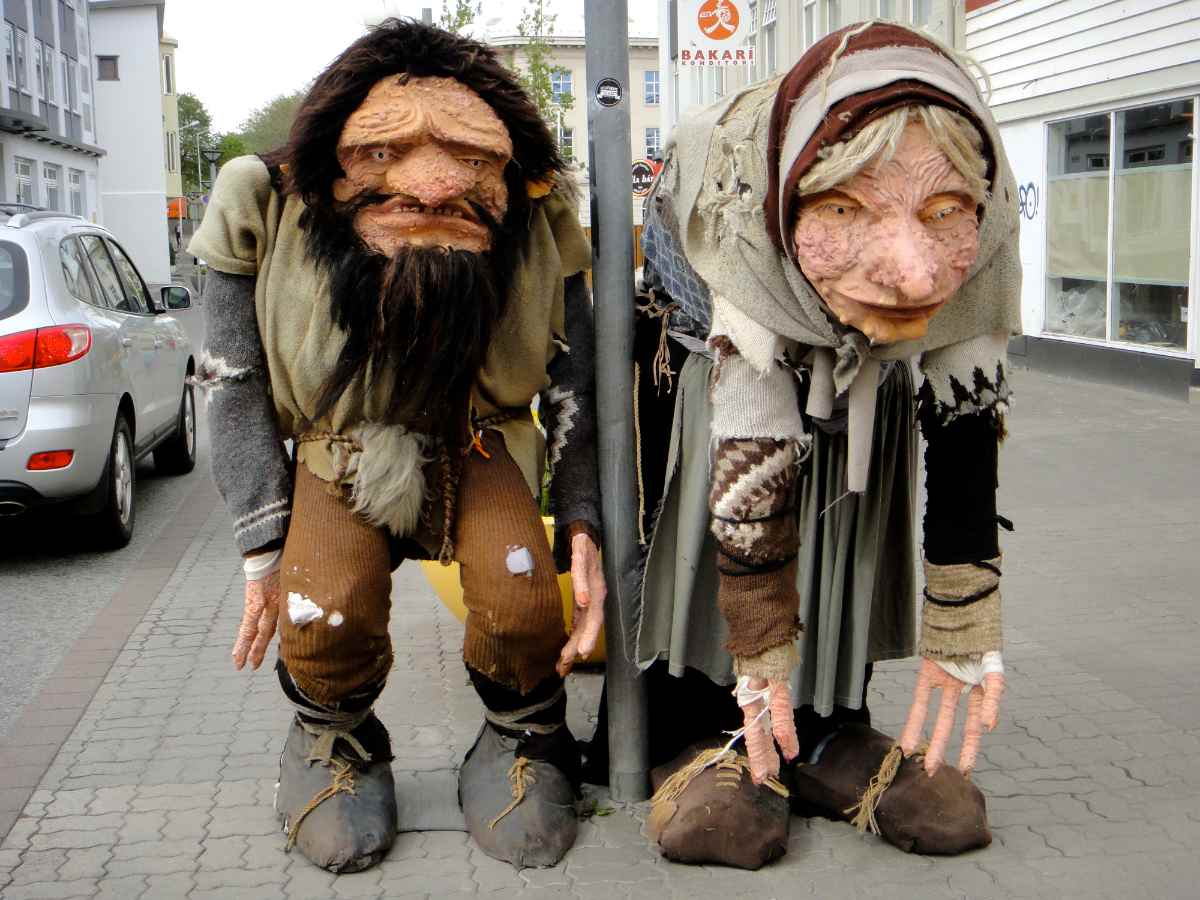
Tales of this giant ogress with a horned tail and a bag in which she flings the naughty soon-to-be-dinner-children have been doing the rounds for centuries. Whilst most have been verbal retellings, she was first mentioned in writings as early as the 13th century. If you would like to learn more about the trolls in Iceland, make sure that you stop at the Troll Garden in Fossatun when visiting the island.
Land Wights
Land Wights are protective spirits of the land, and there are 4 Land Wights in Iceland:
- The Dragon of the East
- The Griffin of the North
- The Bull of the West
- The Mountain Giant of the South
According to Icelandic folklore, these spirits really proved what they’re made of when King Harald Bluetooth (yes, that was actually his name!) Gormsson of Denmark wanted to invade Denmark. King Harald had one of his wizards turn into a whale, so he could essentially go and spy on the island “incognito”.
The wizard’s efforts were in vain though since he swam westward towards the north coast, but when he tried to go ashore, a giant dragon swooped down on him with an army of other lizards, snakes, and insects – all spitting poison at him.
Forced back into the ocean, he retraced his steps (or rather glides) back and when he thought it was safe, tried again to go ashore. This time a giant bird that resembled an eagle came swooping down on him.
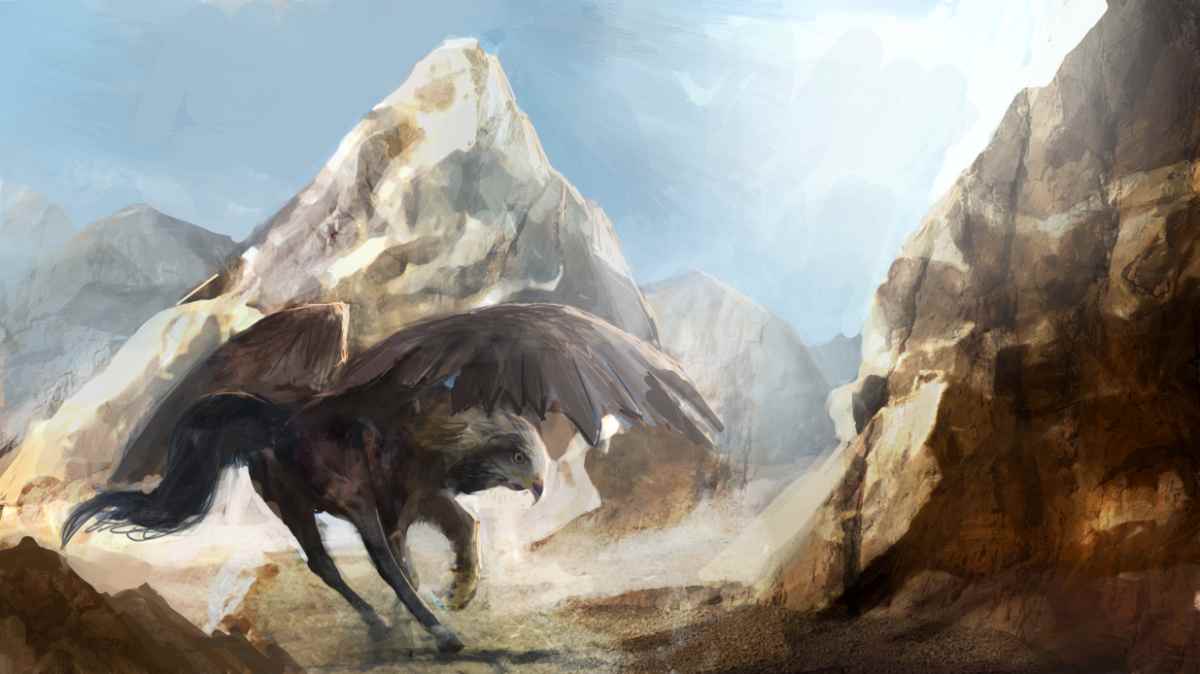
But the wizard was not ready to give up and continued trying to go ashore on two more occasions. Both attempts were foiled. First by a huge bellowing bull and the second by a mountain giant leading an army of giants that were taller than the hilltops. After not finding any place where he could safely get onto the land, he was forced to return to King Harald and explain his failure.
The four Land Wights are not restricted to an Iceland myth, and today, they can be found on the Icelandic coat of arms as well as the Icelandic Krona coins.
Ghosts
Even though you may be familiar with this paranormal concept, the Icelanders definitely have a different take on it. According to Icelandic folklore, ghosts can be one of three things:
- Souls who haven’t left our realm yet.
- Zombies that have been risen up from the dead by magic.
- Poltergeists, who we refer to as Mori if it’s a male spirit or Skotta if it’s a female spirit, that target only specific people. This haunting can sometimes be passed on from generation to generation.
One of the most famous ghost stories here in Iceland is that of Gudrun and the Deacon of Myrka. The deacon was said to have died on his way home from one of their visits. But they had made plans to go to the ball together. So, determined not to let his true love slip through his fingers so easily, the ghostly deacon kept to his commitment and went to pick Gudrun up for the ball.
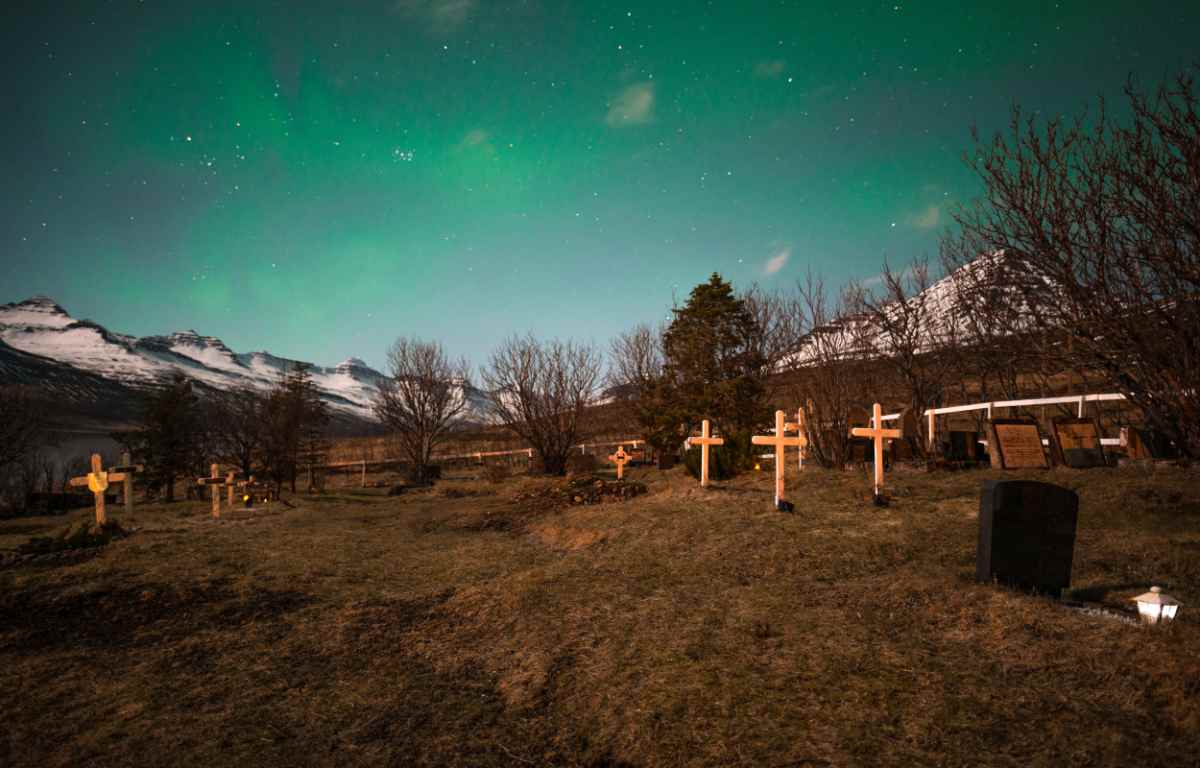
Gud in Icelandic means ‘God’, and one of the sure-fire ways one can tell that someone is a ghost is because they cannot say the name of God. This fact would obviously prove quite challenging with a name such as Gudrun.
In an attempt to find his way around this, the deacon called her Garun. But soon the truth was revealed to Gudrun on their way to the ball. When she realized that instead of the festivities, he was heading towards an open grave, she started to resist and sound the alarm.
She rang the bells and was saved by the farmworkers. This did not end the haunting, though. And night after night, Gudrun had to fight off the deacon trying to drag her to the grave. ‘Till they finally sent for a man from the north, known for his magical powers.
When the deacon came again one night, the man from the north uttered a potent spell, trapped him underneath the stone, cast out the evil, and set his spirit free, so he could rest in peace from that day on.
Monsters
You will find your fair share of monsters in the Iceland folklore. Although it would be impossible to mention all of them here, the following are a few that you can keep your eyes open for:
The Lagarfljotsormur
This is probably Iceland’s equivalent of the Loch Ness Monster in Scotland. Tales of an underwater worm-like creature had been doing the rounds since 1345 with apparent sightings continuing all throughout the years.
The only difference between Scotland’s Nessie and the Lagarfljotsormur is that he is said to have a hoard of gold, so this may serve as an extra incentive to find him.
The Nykur
The Nykur is the name of a species of monster rather than one specific creature as with the Lagarfljotsormur. The Nykur can be found in rivers and lakes all over Iceland.
You would be forgiven to think that it is just a normal horse, but if you look closely, you’ll see that its hooves are backward, and it’s usually grey in color. The Nykur will try to persuade you to ride on its back, but when you do, it will ride straight into its river or lake and drown you.
If you would like to find out more about all the mythical creatures and monsters of Iceland, don’t forget to visit the Icelandic Sea Monsters Museum when you’re here on the island.
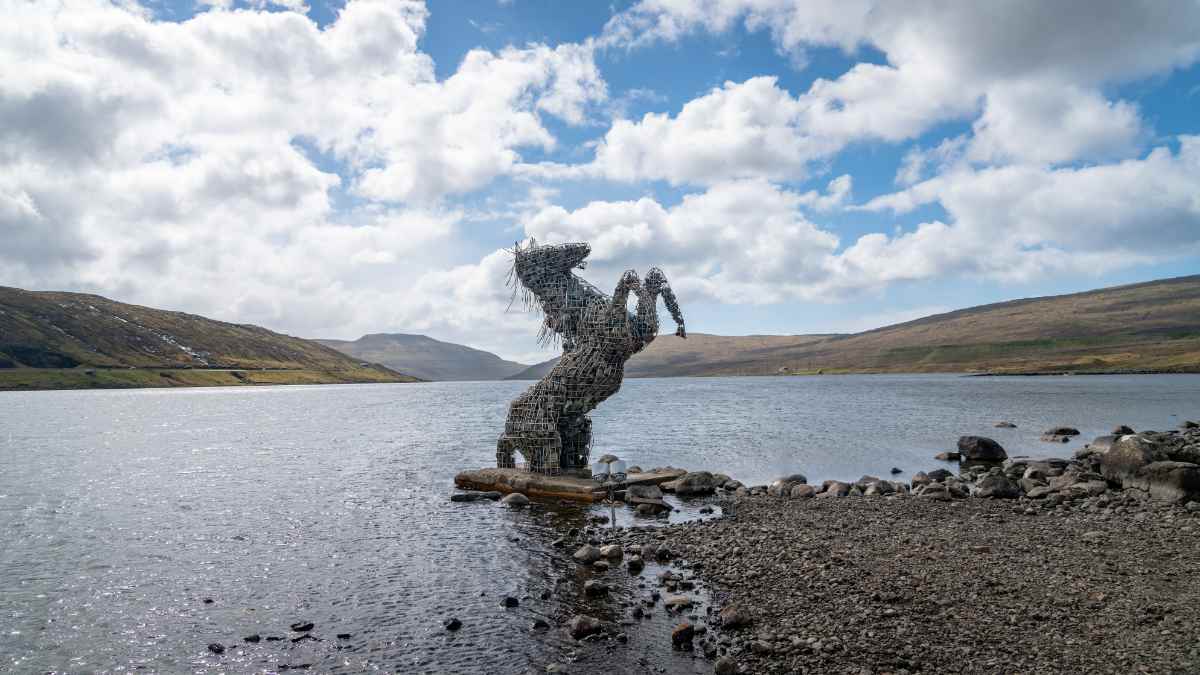
A Few Must-visit Spots if You’re Into Iceland Folklore
Iceland's folklore includes tales like: Lagarfljotsormur, Iceland's lake serpent; Álfhól's elf homes; Haifoss' giantess; Gullfoss' treasure; and Dimmuborgir's legend. And these tales have an actual real location, so, If you’re a fan of Icelandic folklore, the following are a few must-visit spots here on the island:
Asbyrgi Canyon
The capital of the elves is said to be in Asbyrgi Canyon. It is believed that they have made the cliff walls their home, and many claims that they can hear singing when walking on the many hiking trails there.
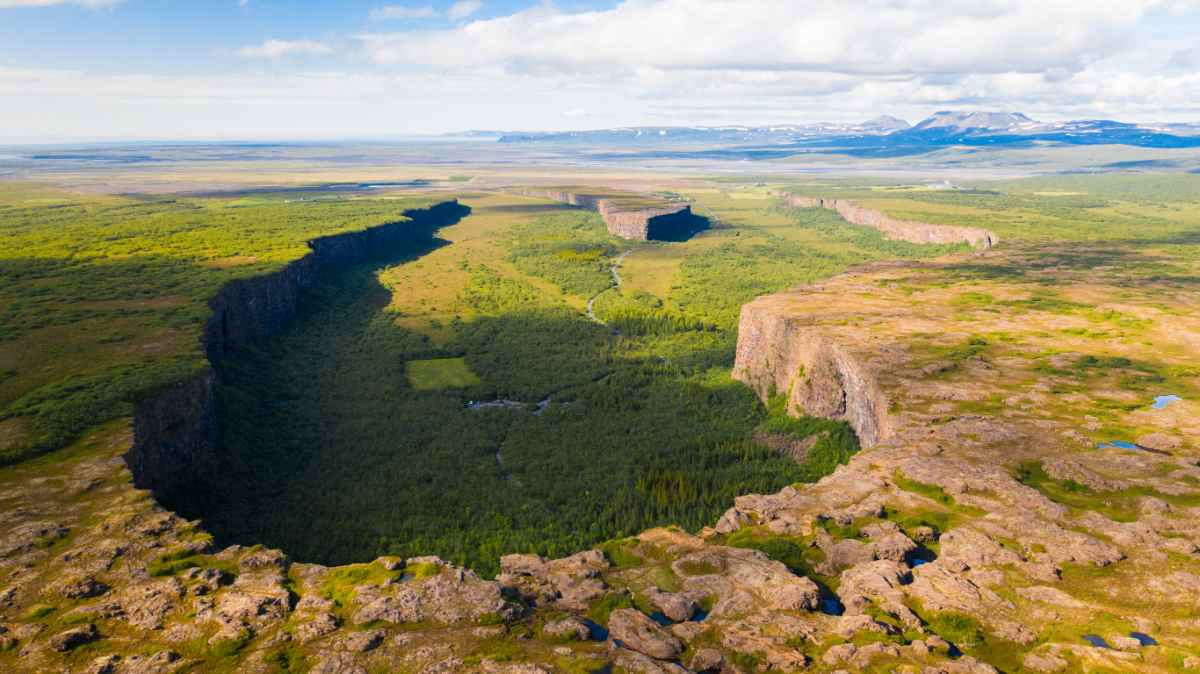
Drangey Island
There is a very good reason why egg picking and hunting are not allowed at Heathen Cliff on Drangey Island. The legend goes that those who went hunting and egg picking on the island were thrown from its cliffs by a demon. After Gudmundur the Good (patron saint of Iceland) was sent to appease the demon, they compromised and agreed that he would keep Heathen Cliff as his territory.
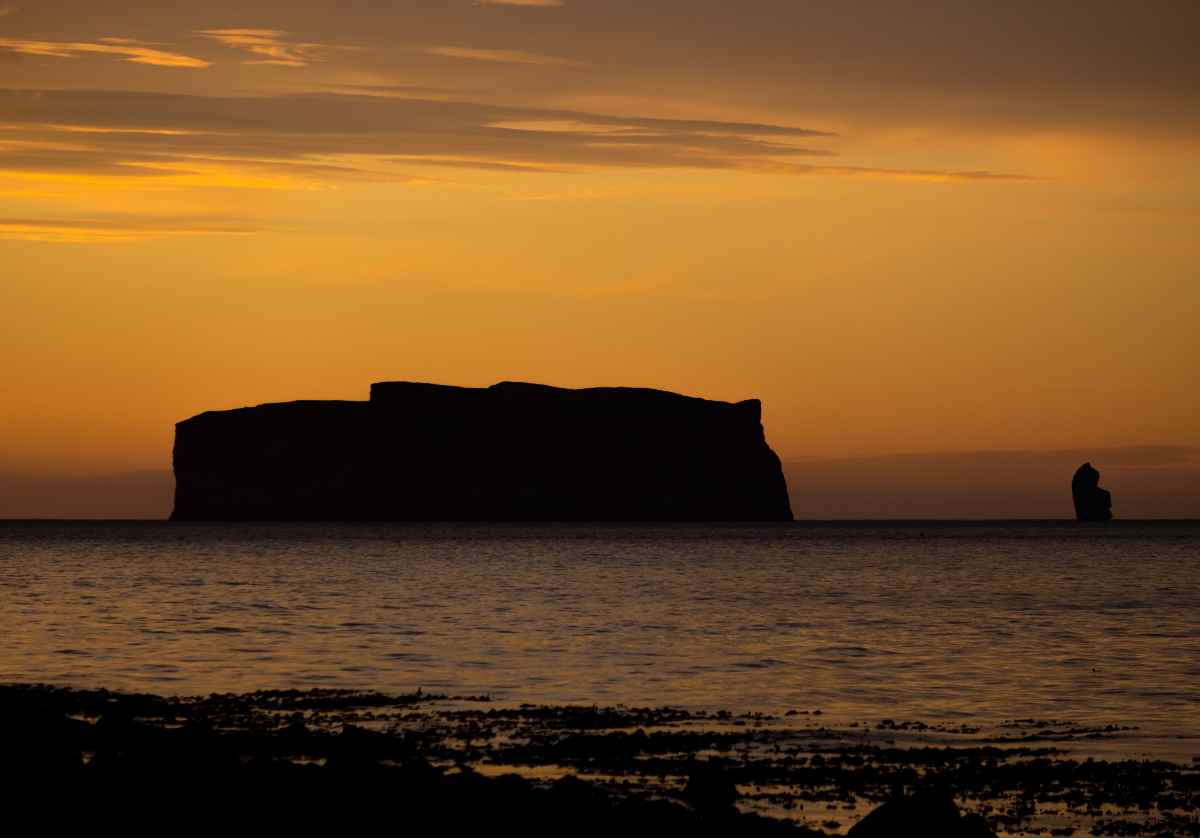
Reynisdrangar Rock Formation
If you’re visiting the Reynisfjara Black Sand Beach, you’ll see these 66-meter-high rock pillars protruding out of the ocean. But Reynisdrangar is not your ordinary rock formation off the coast. Legend has it that these rock pillars used to be trolls trying to drag a ship to land. But they were too slow, and as the sun rose over the ocean and the sunlight touched them, they turned to stone mid-action.
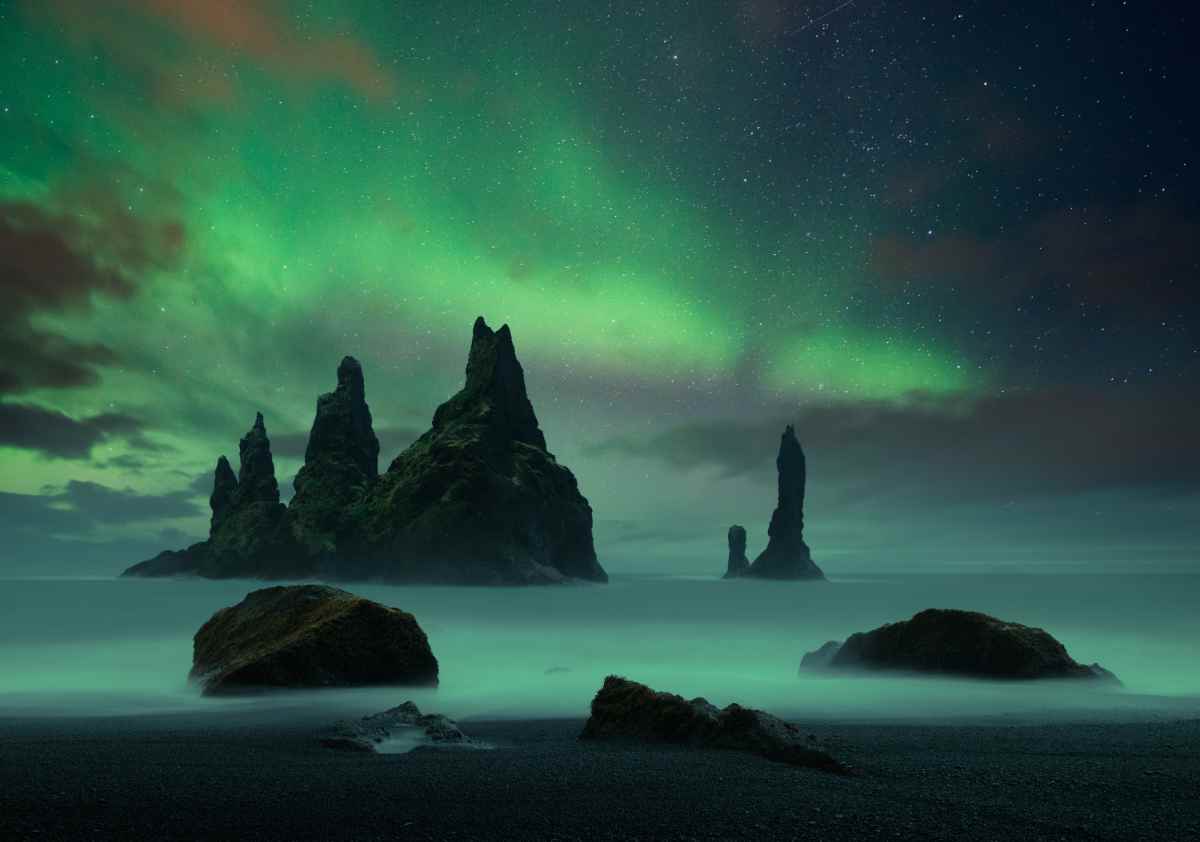
Come and Explore the Iceland Folklore for Yourself
The best way to explore Icelandic folklore is by renting a car in Reykjavik and taking a road trip to all the museums and must-visit mythology spots.
Come and see for yourself whether you can claim Lagarfljotsormur’s treasure as your own, whether you can catch one of the Yule Lads in action, or spot a troll sneaking about during the night.
The fact that the majestic landscape of the Land of Fire and Ice plays as a backdrop to all these exciting tales and road trip adventures is not to be scoffed at either. We hope you have a wonderful time in the magical and mystical country of Iceland!

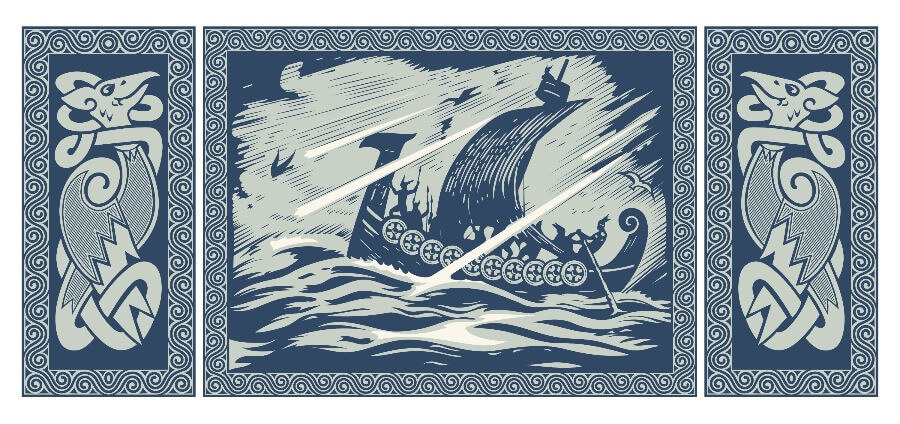
 By
By

